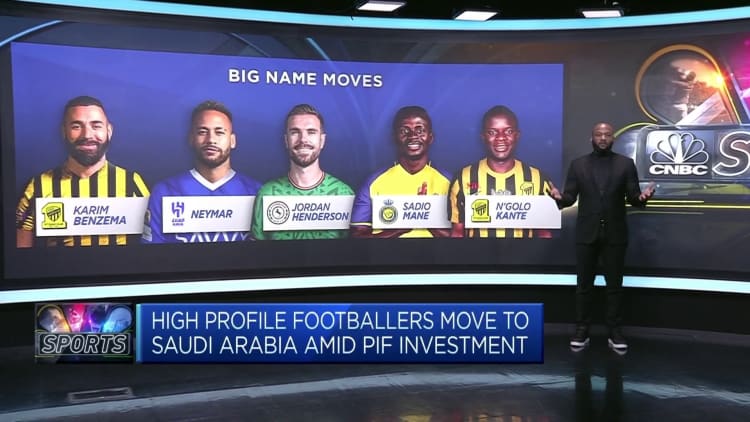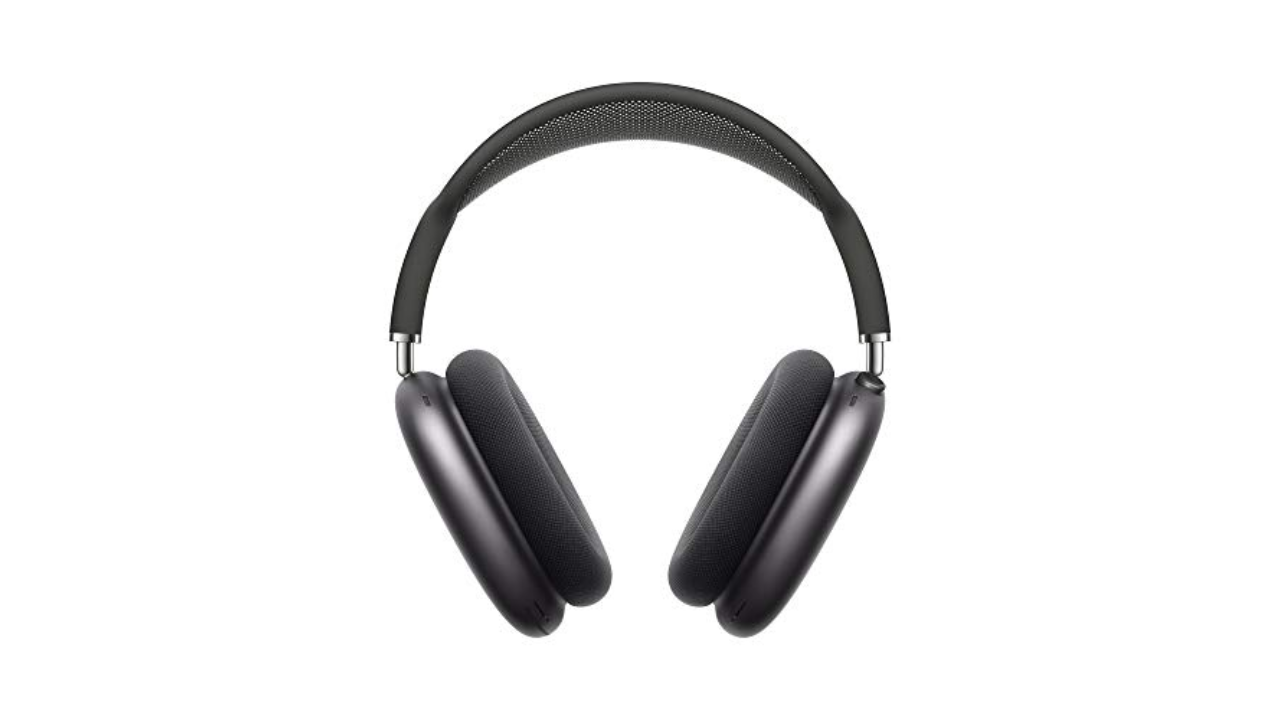
The Saudi Arabian soccer transfer window has slammed shut, marking the end of a historic summer of spending from clubs based in the Gulf state.
Saudi Arabia’s Pro League was second only to the English Premier League in spending on soccer transfer fees, with 954 million euros ($1 billion) spent to bring players in on fees alone, according to data from transfer data website Transfermarkt.
Saudi clubs outspent four of the “big five” soccer leagues, the first time another league has outspent any members of the dominant European grouping since 2016.
The big spending figures come despite some high-profile deals falling through, including a late bid from Al-Ittihad for Liverpool star Mohamed Salah, which reports suggested could have been worth well over 200 million euros.
Saudi spending has been dominated by the country’s four largest clubs, Al-Ittihad, Al-Ahli, Al-Nassr and Al-Hilal, which since June have been majority owned by the country’s Public Investment Fund.
Of the 10 largest spenders in the world, three are owned by the PIF, and the four clubs spent a combined 835.1 million euros on transfers, while generating just 4.86 million euros from incoming fees for players, according to Transfermarkt data.
While English soccer’s Chelsea FC outspent teams globally, Saudi side Al-Hilal was comfortably the biggest net spender of the summer, generating just 1.4 million euros from transfers away from the club.
Why now?
Speaking to CNBC’s David Faber earlier this summer, Public Investment Fund Governor Yasir Al-Rumayyan said Saudi Arabia’s young population, with 63% of Saudis aged under 30, has driven interest in sports investment from the state fund.
“You will have a lot of young people who are interested in sports and entertainment and that’s basically part of the offering.”

However, Al-Rumayyan insisted the fund’s decisions were not driven solely by interest in sport, insisting that investments have to generate financial returns.
“It makes financial sense to us, and that’s the only way going forward. We don’t like to subsidise things … we would like to have it sustainable.”
However, human rights groups and activists have criticized the high levels of soccer investment from Saudi Arabia and other countries in the Middle East, with accusations of “sportswashing” leveled at the country.
Manchester United
Saudi Arabia’s transfer window ended as the future of English club Manchester United was thrusted back into the spotlight. The club’s shares suffered their sharpest ever one-day drop on Tuesday.
This came after a report from the Mail on Sunday which said the club’s owners, the Glazer family, believe they will be able to secure a valuation of up to £10 billion ($12.5 billion) by delaying any sale until 2025.
Even with no public Saudi interest in buying the club, the expectation of significant longer-term spending on soccer from the kingdom looks likely to boost valuations across European clubs.
What next?
The European Club Association, which represents 220 soccer clubs from across Europe, discussed the impact of Saudi Arabia’s investment in the sport at its General Assembly this month.
Speaking to reporters after the meetings, Chair Nasser Al-Khelaifi said he was not concerned about the impact the Saudi league could have on European football.
“We believe in ourselves … we have the best competition in the world, the biggest clubs in the world, the best players in the world. I don’t think it’s a real danger.”
Even if potential ambitions of playing in the top-tier of pan-European soccer, the Champions League, look set to be met with a cold shoulder from European club competitions, Saudi Arabia’s soccer push looks set to continue.
Ittihad’s French forward Karim Benzema.
– | Afp | Getty Images
This year’s FIFA Club World Cup will take place in Saudi Arabia in December, with the competition’s draw creating the potential for a match between Al-Hilal, home to Brazilian striker Neymar, and Champions League winners Manchester City, if both clubs can beat their other opposition.
The kingdom’s first high-profile international soccer tournament will be a key test, with multiple media outlets reporting that the country is targeting hosting the 2034 World Cup, after dropping plans to jointly host the competition with Greece and Egypt in 2030.
Other rivals to European dominance have failed to make a lasting impact, with China’s Super League losing a slew of players as financial concerns hit clubs in the wake of the Covid-19 pandemic.
It remains to be seen how the long-term ambitions of Saudi Arabia play out, but if current levels of investment continue Saudi Arabia could deliver a big shake up of the world’s most watched sport.
Credit: Source link














